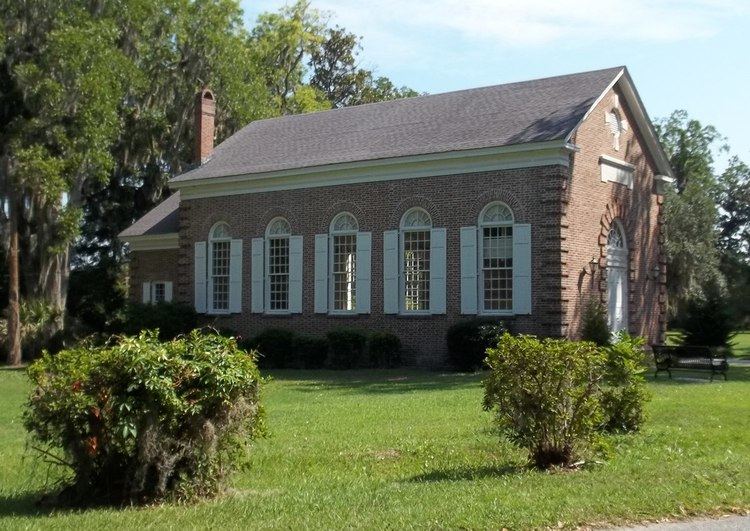Nearest city Savannah, Georgia NRHP Reference # 73000614 Phone +1 912-351-2055 Added to NRHP 12 September 1973 | Architectural style Classical Revival Area 2.63 km² Year built 1870 | |
 | ||
Address 9520 Ferguson Ave, Savannah, GA 31406, USA Similar Bethesda Academy, Bethesda Home For Boys, Savannah Country Day School, Memorial Day School Day Care, Hancock Day School | ||
Work experience program at bethesda home for boys
Bethesda home for boys giving
History
It was founded in 1740 as an orphanage by evangelist George Whitefield, in the 18th century on his 500 acre (1,600 m²) land grant about 10 miles (16 km) south of Savannah, Georgia in the newly founded colony of Georgia. Whitefield called the orphanage Bethesda, which means "House of Mercy," for he hoped many acts of mercy would take place there. On March 25, 1740, construction began on the orphanage buildings. The main house was two stories high with twenty rooms. Two smaller buildings were built behind the orphanage; one was designed to be an infirmary and the other a workhouse.
Contents
- Work experience program at bethesda home for boys
- Bethesda home for boys giving
- History
- Bethesda and slavery
- Modern times
- References
Whitefield wanted the orphanage to be a place of strong Calvinist influence with a wholesome atmosphere and strong discipline. Boys were taught trades so that they could earn a living as adults. Younger children learned spinning and carding, and all boys were taught mechanics and agriculture. Whitefield hoped that the orphanage would become the foundation of a university.
While the children grew most of the orphanage food, the enterprise was more expensive than anticipated, and Whitefield went into debt. Benjamin Franklin suggested that due to the scarcity of workmen and materials in Georgia, it might be better to move the orphanage and its children to Philadelphia. Whitefield refused to move the orphanage because his contributors donated money specifically for the Georgia project.
At his death, Whitefield bequeathed the orphanage and his slaves to the Countess of Huntington, a charitable sponsor in England. He asked her to maintain the orphanage under its existing principles, and establish a college. However, she was not able to provide the oversight from 3,000 miles (4,800 km) away, and the orphanage almost closed.
In 1773, fire destroyed the home. Three years later, the American Revolution stymied plans to add a college. After several administrative changes, a new building and society, the Bethesda Home for Boys, was established on the same site.
Bethesda and slavery
In the early 18th century, slavery had been outlawed in Georgia. In 1749, Whitefield campaigned for its legalization, arguing that the territory would never be prosperous unless farms were able to use slave labor. He began his fourth visit to America in 1751 advocating slavery, viewing its re-legalization in Georgia as necessary to make his plantation profitable. Partially through his campaigns and written pleas to the Georgia Trustees, it was re-legalized in 1751. Whitefield then purchased slaves to work at Bethesda Orphanage. To help raise money for the orphanage, he also employed slaves at his Providence Plantation. When Whitefield died, he bequeathed his slaves to the Countess of Huntingdon.
Modern times
Bethesda has not been an orphanage for many years, but continues to focus on youth in the greater Savannah area. Bethesda is a private boarding and day school for boys in grades 6-12 and, in April 2011, the Bethesda Home for Boys was renamed Bethesda Academy to better reflect their mission and commitment to the education of young men. In 2015, Bethesda kicked off its 275th Anniversary year.
